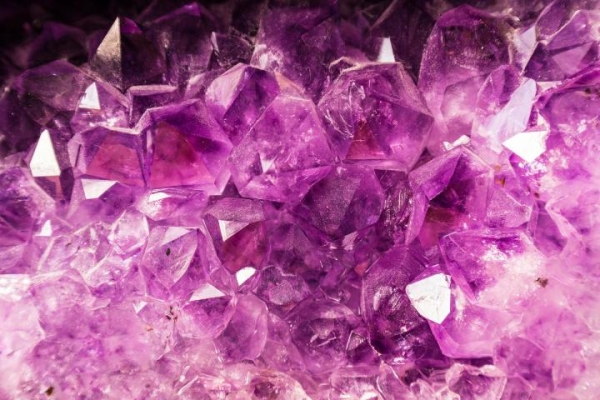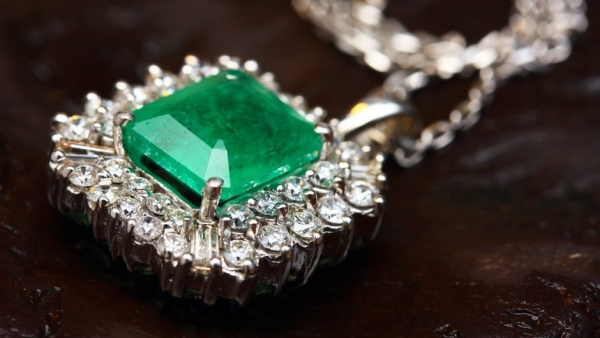

Birth stones by Month: Colors and Meanings
BY : Meenal Agrawal – Gemstone Analyst & Astrology AdvisorTable of Content
What is your jewel of the month? See the list below for the meanings and history of each monthly birth stone.
Where Do BirthStones Come From?
The birth stone that we associate with certain months are not necessarily the same stones that were used centuries ago. It was originally related to the twelve precious stones that appear on the plate of the High Priest of the Israelites described in the Book of Exodus.
Color was once the most important characteristic of the stone, which means that there is not much difference in meaning between sapphire and garnet, for example.
Names used in the past may also not relate to the stone we are thinking of by that name today:
The sapphire was probably what we know today as lapis lazuli.
The diamond was most likely a white sapphire or white topaz.
Wearing birth stone is believed to bring good luck, good health, and protection. Astrologers have long attributed supernatural powers to some gemstones.
Birthstones By Month
January - Agate
January's birth stone, Garnet, is believed to keep the wearer safe while traveling. The word "garnet" is derived from a term meaning "seed," because the gem resembles the color and shape of a pomegranate seed.
February - Amethyst

February's birth stone, amethyst, is said to strengthen relationships and give courage to the wearer. There was a time when only kings could wear precious stones. The ancient Greeks believed that amethyst protects against poisoning. In fact, the word "amethyst" comes from the word amethyst, a Greek word that means "sober."
March - Peridot, BloodStone

March's birthstone, peridot, was believed to cure ailments of the heart, liver, and stomach; all one had to do was drink the water in which the gem was soaked. Early sailors believed that aquamarine talismans, engraved in the shape of the sea god Neptune, protected them from the dangers of the ocean.
Another March birthstone is the bloodstone, which is dark green with red flecks.
April - Diamond

April's birthstone, the diamond, in addition to being a symbol of eternal love, was once believed to bring courage. In Sanskrit, diamonds are called vajra, which also means lightning; In Hindu mythology, the vajra was the weapon of Indra, the king of the gods.
May - Emerald

One of Cleopatra's favorite gemstones, the emerald was the May birthstone. It has always been associated with fertility, childbirth and love. The ancient Romans came to dedicate this stone to Venus, the goddess of love and beauty. Today, the emerald is believed to signify wisdom,growth, and patience.
June - Pearl

June's birthstone, the pearl, has long been a symbol of purity. The ancient Greeks believed that pearls were the cruel tears of joy of Aphrodite, the goddess of love.
July - Ruby

Ancient Hindus considered July's birthstone, the sapphire, the "king of gems." It was believed that it protects the wearer from evil. Today, the deep ruby red color signifies love and passion.
August - Peridot

The August birthstone, peridot, symbolizes strength. It is sometimes called "evening emerald" because of its bright green color. Green aquamarine crystals found in volcanic ash were once believed to be the tears of the volcano goddess Pele. When embedded in gold, this gem was said to protect the wearer from nightmares.
September - Sapphire

September's birth stone, the sapphire, was believed to ward off evil and poisoning. It was believed that a poisonous snake would die if placed in a sapphire vase. Traditionally the favorite stone of priests and royalty, the sapphire symbolizes purity and wisdom.
October - Opal
The October birthstone, opal, symbolizes fidelity and trust. The word comes from the Latin word opalos meaning "precious gem". Opal necklaces were worn to ward off evil and protect the eyes.
November - Topaz

November's birthstone, topaz, symbolizes love and affection. It is believed to give the people increased strength and intellect.
December - Turquoise

December's birth stone, turquoise, is considered a love charm. It is also a symbol of luck and success, and is believed to relax the mind and protect the wearer from harm. Turquoise rings, in particular, are believed to ward off evil spirits.
Read More - What your birthstones tells about you - Starzspeak
Author: Meenal Agrawal – Gemstone Analyst & Astrology Advisor
Meenal Agrawal, a gemstone advisor with 7 years’ experience, guides readers on choosing authentic birthstones and crystals, using astrology to enhance spiritual strength, balance, and personal well-being.







.png)